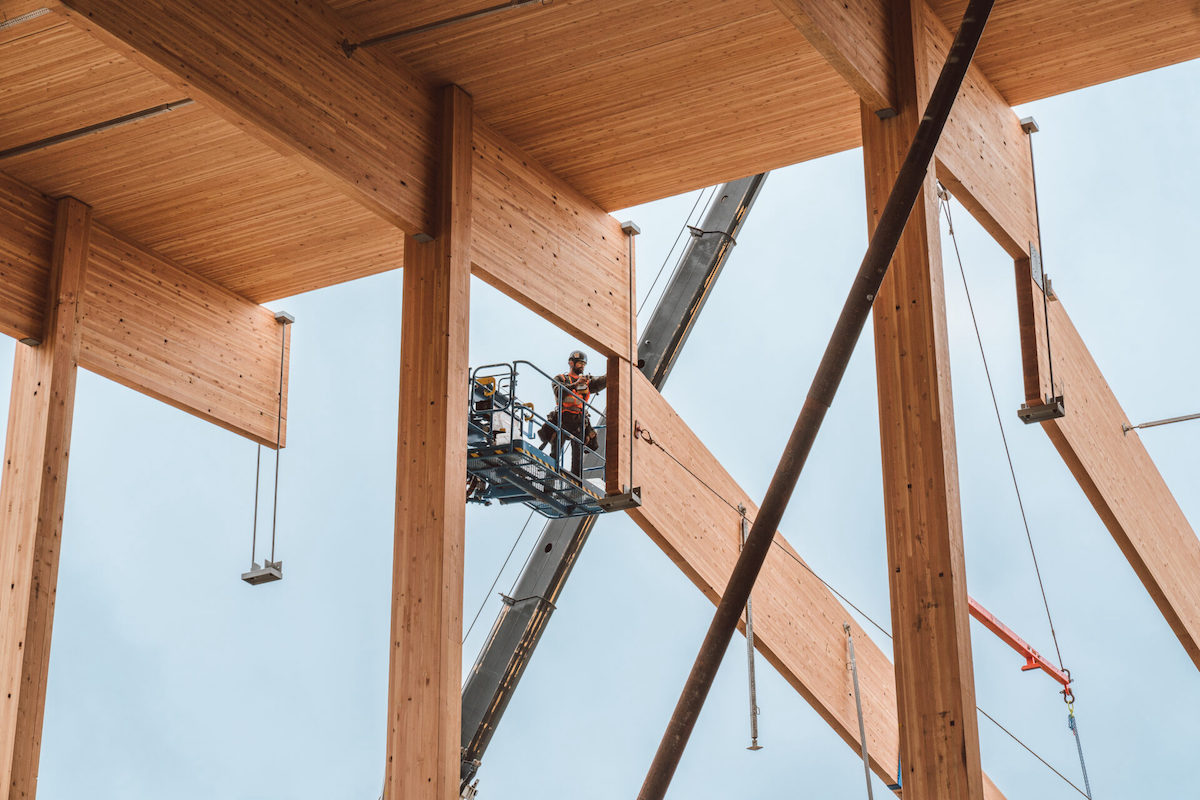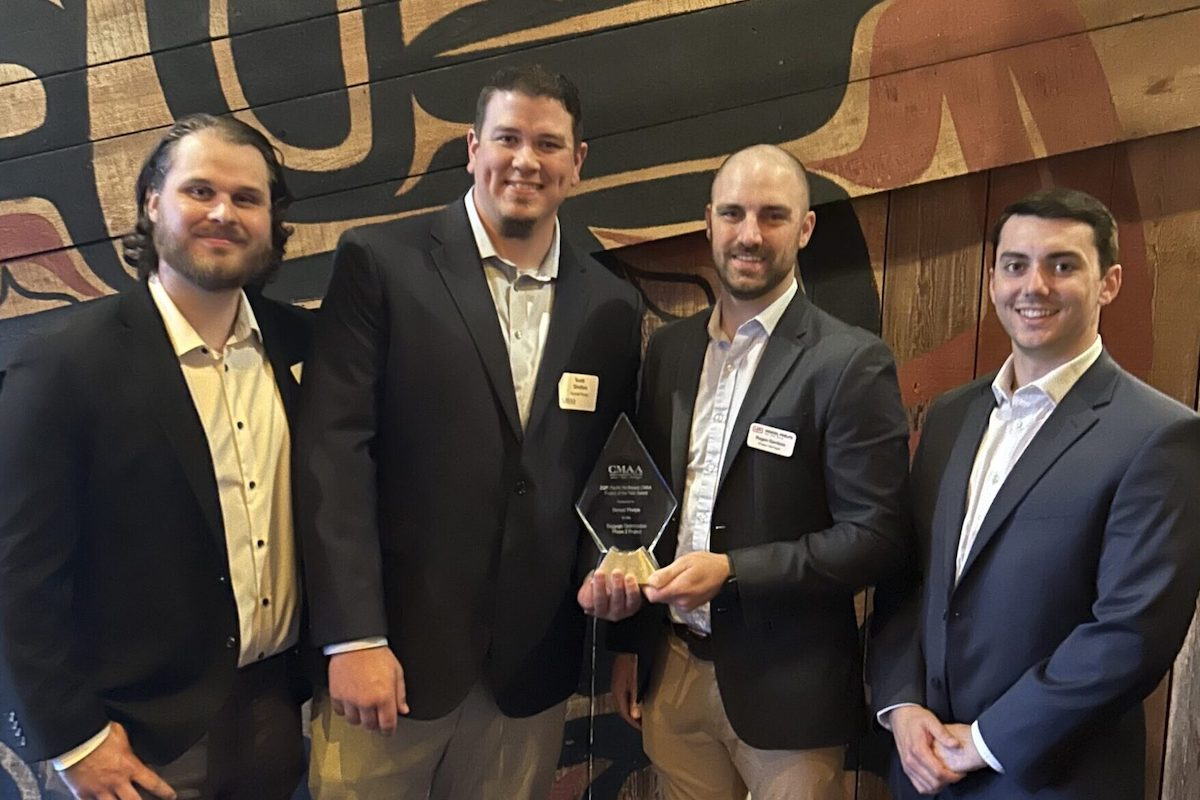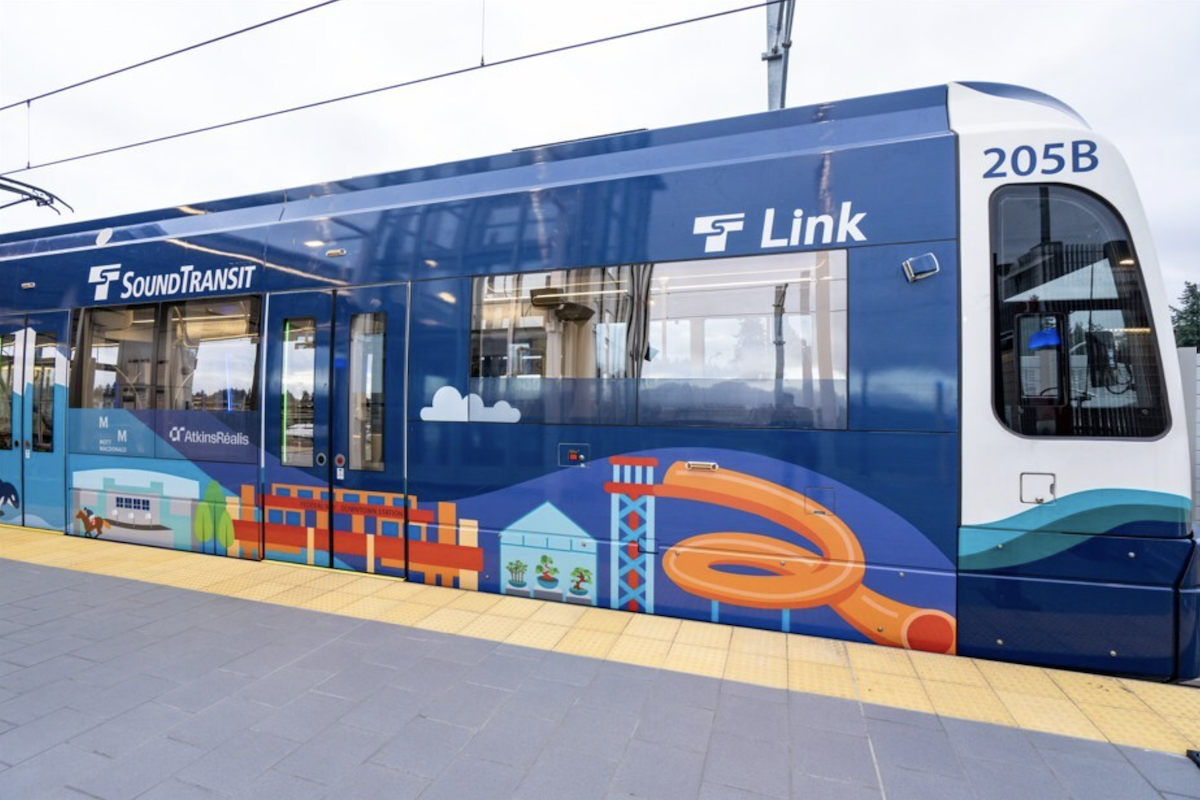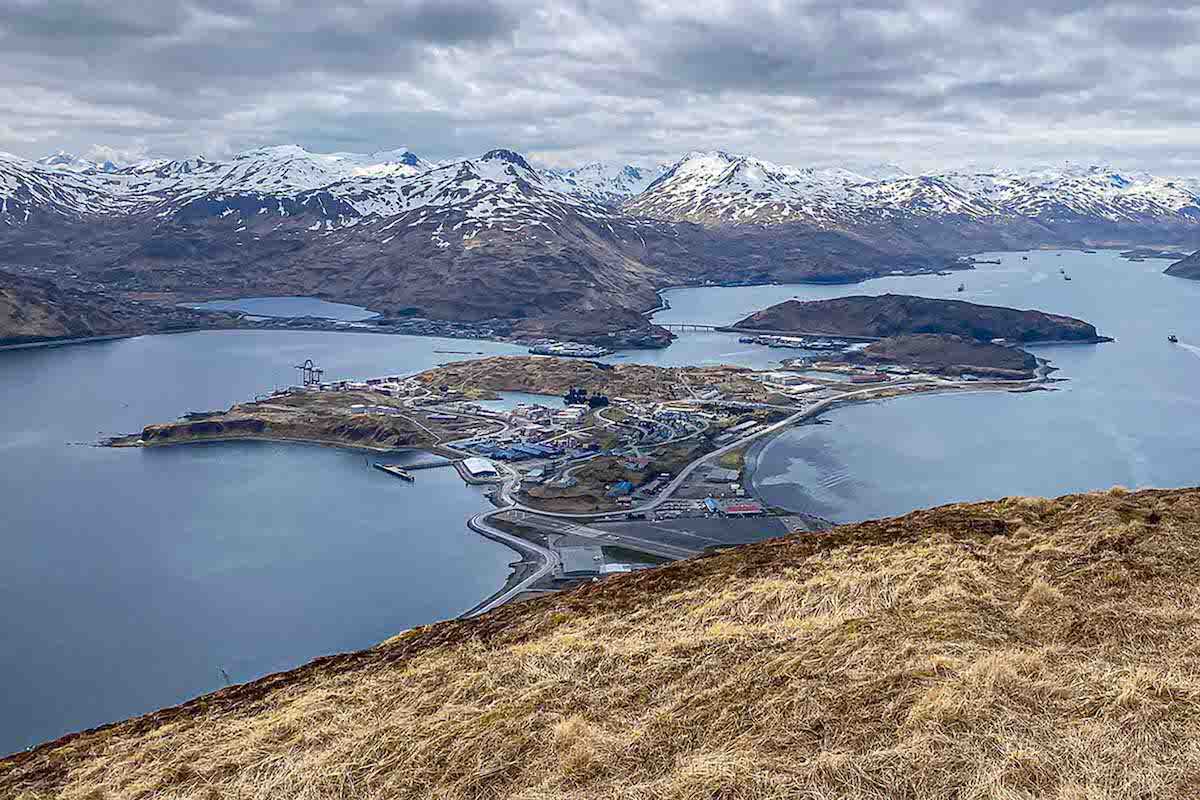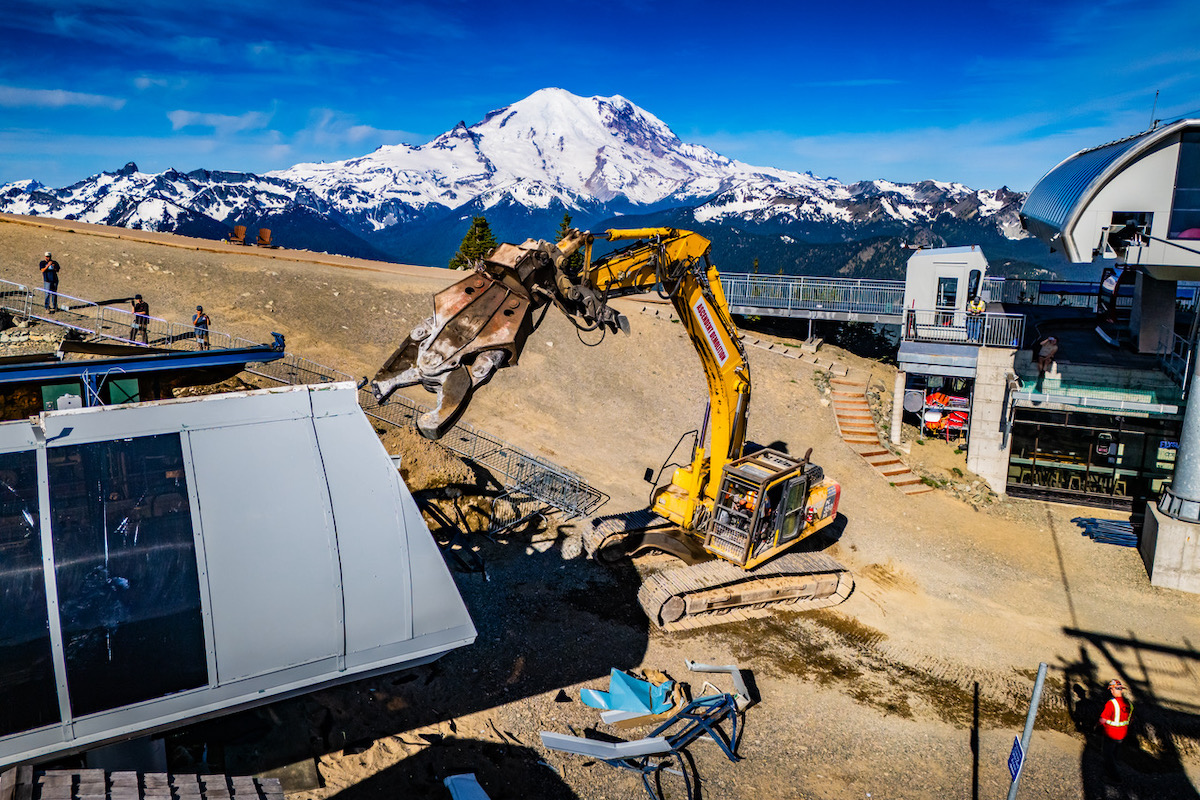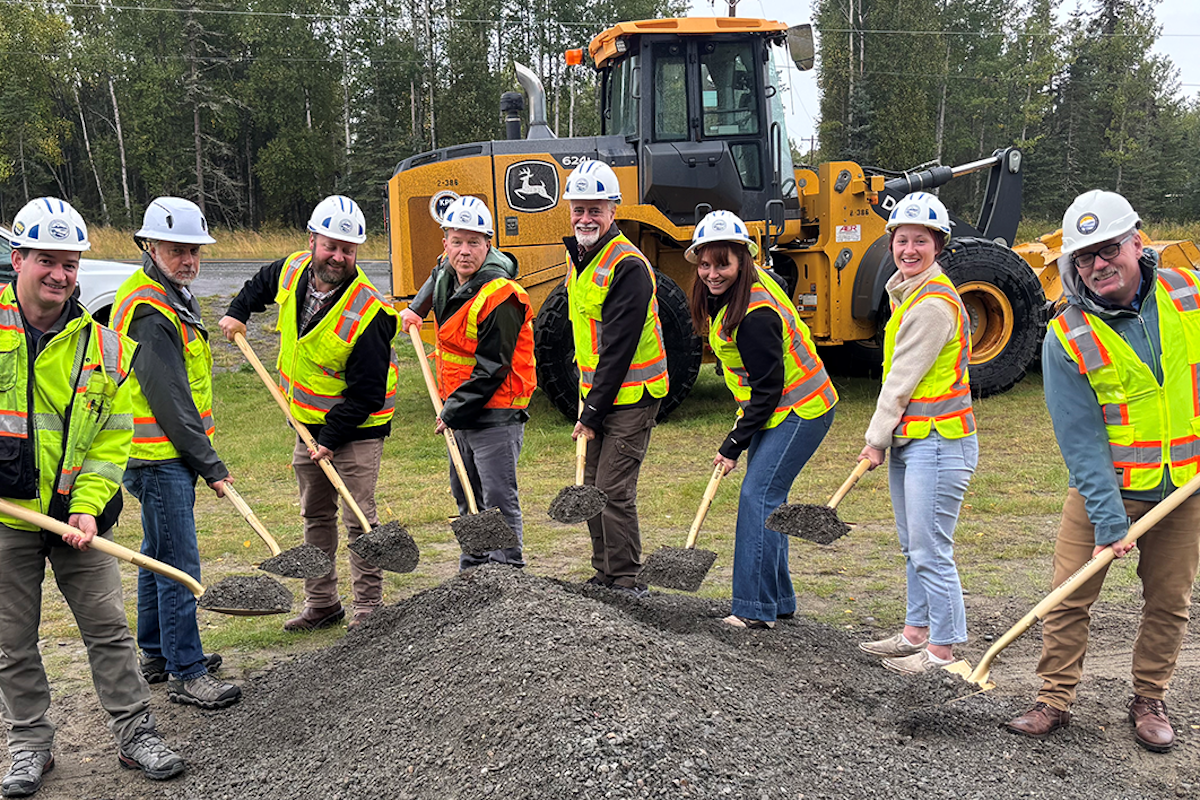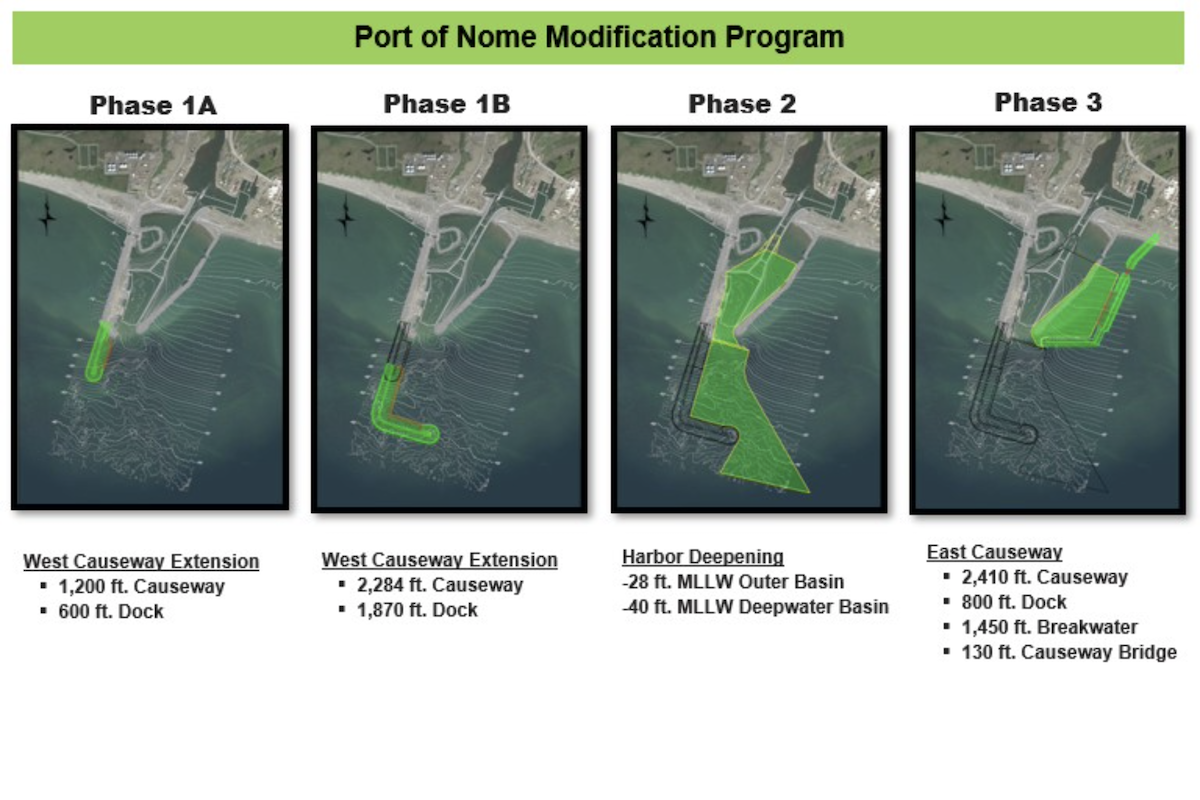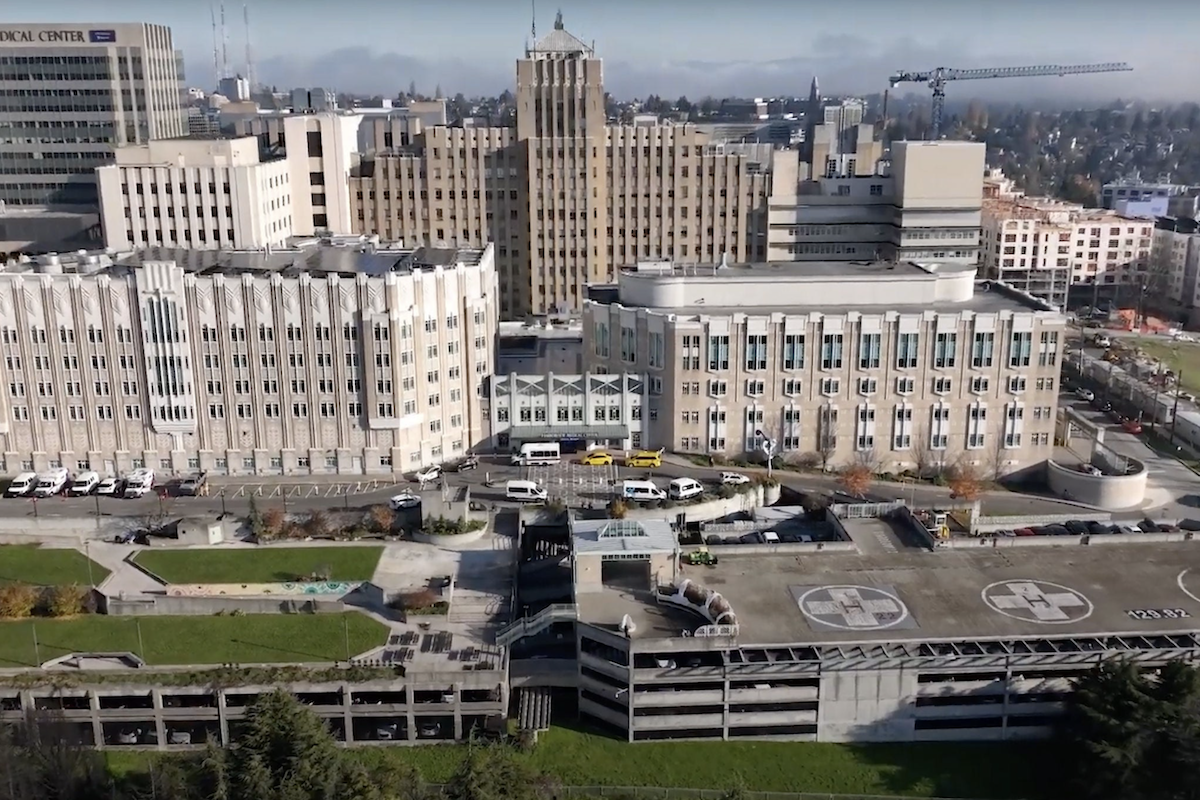I-496 in Lansing was originally completed in 1970. The rebuilding of the interstate started at the bridges over Lansing Road and ended at the Grand River. There are no mainline bridges, just overpasses, which received repairs. This location handles between 60,000 and 65,000 vehicles per day.
The work included rebuilding 2 miles of I-496; extending some weave-merge lanes; making drainage improvements; rebuilding 12 ramps; and rehabilitating and performing preventive maintenance and repairs on 17 bridges over the interstate. Three bridges at Hungerford Street, Capital Avenue, and Grand Avenue, received full deck replacements. No beams were needed. Some bridges have concrete beams and others steel. Two of those bridges were completed in 2022 and the third in 2023. The rest of the 14 bridges received repairs, including removing potholes, sand blasting, and painting.
The project also features deep drainage improvements, and median, signage, and lighting changes. The interstate has two lanes in each direction.
The state’s Rebuilding Michigan bond program funded the project. The State Transportation Commission approved the $3.5 billion bond program in 2020 to finance road projects that are critical to the state’s economy and carry the most traffic. The program’s goal is to improve trunkline pavement performance to achieve 90 percent in fair or good condition.

| Your local Superior dealer |
|---|
| Westate Machinery Co |
According to MDOT, advantages to utilizing design-build on this project include shortening the delivery schedule by overlapping the design and construction schedules and leveraging private sector innovation, such as changing the sewer work to relining the pipes rather than replacing them. The contract also assigns risk to the team and limits risk for the owner.
“It was a challenging job,” said Abdoul Diallo, Project Manager for Walsh.
During the first year, 2022, Walsh rebuilt the first 1.25 miles of the mainline and eight ramps at Pine Street, Walnut Street, and Grand Avenue; extended weave-merge lanes between Grand River Bridges and M-99; started the drainage work; and made lighting and sign improvements. The ramps were taken down to the subgrade and have curbs and gutters.
“It was action-packed last year,” Diallo said.
The entire freeway between Martin Luther King Jr. Boulevard (M-99) and the Grand River was closed during construction. MDOT indicated that closing the interstate sped up completion of the project and made the job safer.
“Last year, everything on I-496 was completely isolated, with traffic on the side streets,” Diallo said. “We shut down the freeway in June 2022 and re-opened traffic in December 2022. Crews remobilized back this year.”
Crews tackled the balance of the project in 2023, including upgrades at the frontage roads (eastbound Malcom X and westbound St. Joseph streets) and rebuilding ramps at Lansing Road and M-99. Crews milled 2 inches off the asphalt on the frontage roads and replaced it with new asphalt.
The work entailed breaking up and removing the old concrete pavement and crushing it to be used as part of the subbase. The team used GPS technology on the dozers during the subgrade grading.
“It helped us finish the roads more quickly,” Diallo said.
Crews also removed the 40-foot-wide grass median to install a new drainage system, median barrier wall, lighting, and shoulders. A trunkline was installed on the south side of the eastbound lanes for the entire length of the job.
The pipe starts with 24-inch diameter, nearly 5 feet below the road, and progresses to a 60-inch diameter trunkline, 25 feet below the road on the east end of the project. The water flows into the Grand River. Walsh sent a camera down to visualize and inspect the pipes and ensure no issues existed.
Crews placed 18 inches of sand and then 6 inches of the crushed, recycled concrete from the project, after testing to ensure it met the requirements. The team installed curbs, gutters, and a concrete median barrier. They then paved the two travel lanes and two variable widths up to 12-foot-wide shoulders on each side of the interstate with asphalt.
On the bridges, which were patched with concrete, crews applied an epoxy overlay to protect the deck from salt. All of the abutments and barrier walls were sand blasted and received concrete surface coating to protect concrete from moisture and enhance the look of the old concrete. Walsh self-performed all the work except the paving, the bridge painting, and curbs and gutter, sidewalk, pavement striping, and landscaping.
Walsh prioritized quality and safety on the job, and the project had no major injuries. The team followed Walsh’s safety program. Once a week, the team met for safety toolbox talks. Additionally, the superintendents met individually with members of the team to review a work plan. Craft leadership walked the job with Walsh management to discuss any issues needing improvement.
“All of those little things added up to help us in safety,” Diallo said. “You want to be the best of what you do.”
Walsh also formally partnered with the Michigan Occupational Safety and Health Administration to help improve safety on the project. The agency provided training.
“We invited them to be part of what we were doing here,” Diallo said. “They walked the job multiple times, which was good.”
The road opened in fall 2023. Walsh will plant some trees in the spring.
“I am proud of the quality of work we built here and our safety record,” Diallo said. “We had a young crew here, and watching them grow was rewarding.”
Photos courtesy of Walsh Construction





















